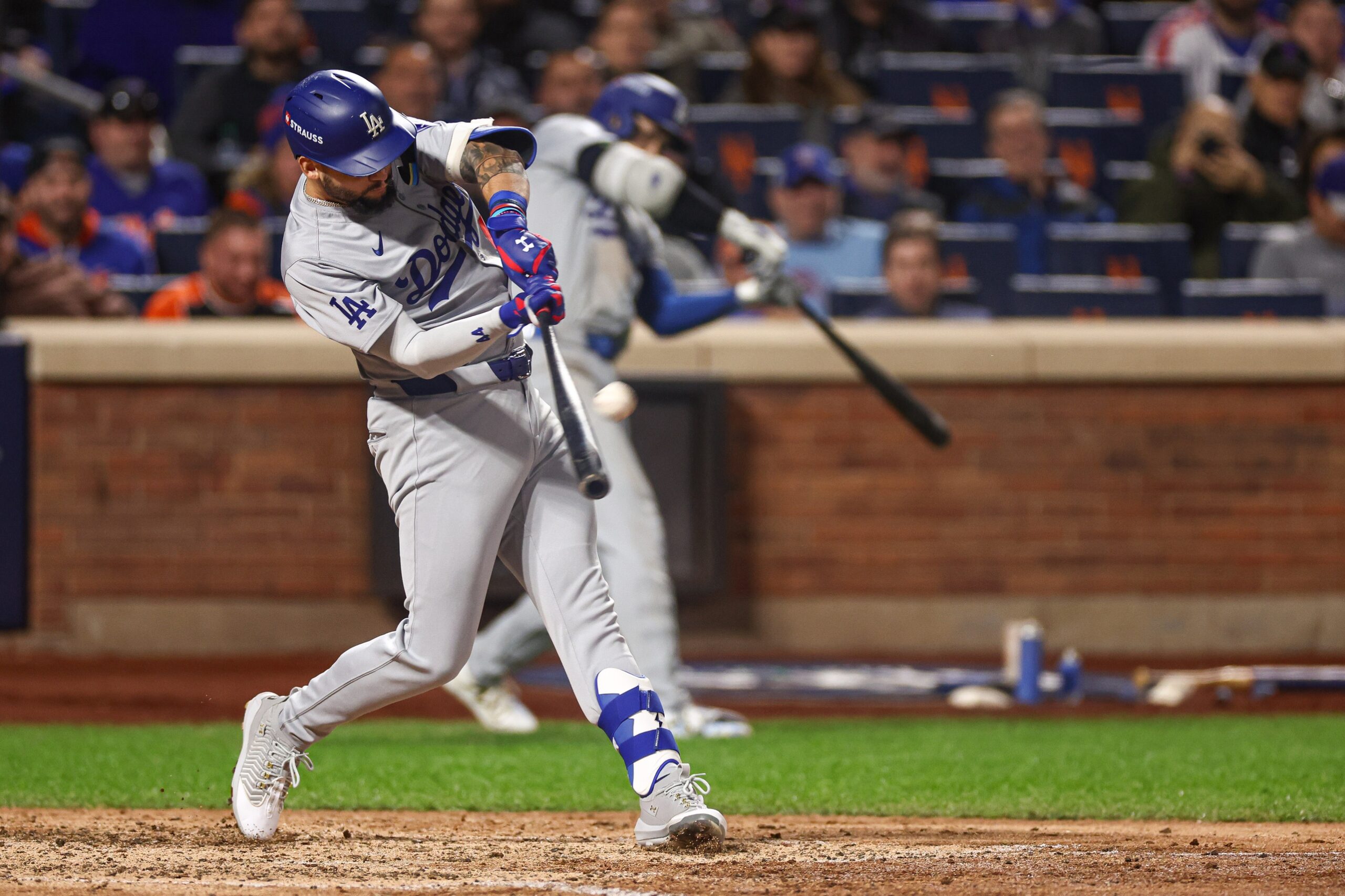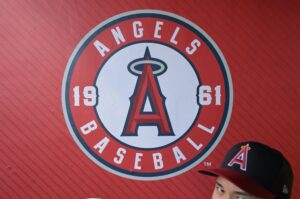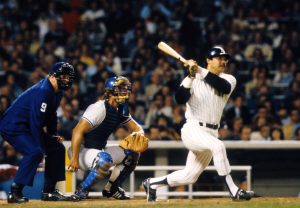Andy Pages of the Los Angeles Dodgers has enjoyed a solid rookie season as the team’s primary center fielder. While the Dodgers had overall bottom 10 production from the center field position this season, Pages showed good promise in his 116 games, becoming a league-average hitter by wRC+ and an above-average defender by Outs Above Average (OAA). Pages has been an important piece of a daunting Dodgers lineup in the postseason.
How Andy Pages is Becoming a Key Piece in Dodgers Lineup
Barrel Machine
Andy Pages has had some big moments in the postseason, most notably his two-home run performance in the Game 5 loss to the Mets in the NLCS. His ability to produce barrels, the ideal combination of exit velocity and launch angle, has been on display this postseason. While it has come in fewer plate appearances, Pages’ 23.1% barrel rate is second on the Dodgers in the postseason, only behind the great Shohei Ohtani. This is not an aberration for Pages either, as he ranked in the 73rd percentile for Barrel% in the regular season.
Andy Pages is doing what he can to bring the Dodgers back.
He just hit his second home run of the game — and the first two of his postseason career — and suddenly the Dodgers are down 10-5.
Pages did not shy away from bat flips on either home run.pic.twitter.com/obeRe7Gad4
— Noah Camras (@noahcamras) October 18, 2024
Pages is a player that has good, but not elite bat speed and raw power, ranking in the 69th percentile for bat speed. A lot of Pages’ success can be attributed to his ideal bat path that allows him to elevate the ball for fly balls and line drives. He possesses an uppercut swing that, combined with his above-average raw power, enables him to produce in-game power.
Andy Pages is going to be a great hitter. He has one of the best swing paths in MLB. Proj systems have him at ~115 for wRC+. We’ll take the over on that
He’s a lot like F. Freeman without the plate disc / walks https://t.co/2qBaifTDpg pic.twitter.com/7Jr8yqHIE3
— SwingGraphs (@SwingGraphs) May 4, 2024
This swing shape and tendency to lift the ball often can lead to untenable strikeout rates. However, Pages has managed to keep his just below the league average at 24.4%. While the strikeout rate is a tolerable number, it would be ideal to see a more patient approach similar to his minor league track record. He displayed consistently above-average walk rates prior to making his big league debut, and that will be a significant part of Pages ascending to the next level as a hitter.
Holes In His Swing
There is a bit of concern for Pages as he posted negative run values against four-seam fastballs, sinkers, and sliders. Struggling against both fastballs and breaking balls could be a possible sign of caution. Frequently, we see hitters perform better against one or the other. Pages typically fares well against fastballs low in the zone and punishing hanging breaking balls. Opposing teams have done well for the most part to utilize these pitches in areas of the zone that Pages has yet to solve.
Pitchers have identified an area up and away with the four-seam fastball where Pages struggles to make contact. In his defense, though, this is generally a tough area of the zone to be super effective in. The league-wide average wOBA in this area against four-seam fastballs is just .260. As advertised, however, Pages is feasting on four-seam fastballs low and in. He also had a strong 47% hard-hit rate against the pitch, so there are still positive takeaways.
For sinkers, Pages only does damage in the same low-and-in region. Pages’ approach against sinkers is to generally spit on most pitches on the outer third of the zone. He will pounce on the pitches in his low-and-in happy zone, but generally, anywhere else he is conceding.
The pitch that Pages struggled the most with was sliders. He had a poor 35.9% whiff rate and a -8 batter run value. Opposing pitchers are happy to spin the slider low and away to Pages, and he struggles with identifying the pitch and laying off. He is not making consistent contact with these pitches in that location. In addition, when he does make contact, he is not doing any damage. Virtually all of his damage against sliders comes against hangers in the heart of the zone. Punishing pitchers for these mistakes is an important trait, but there is still plenty of room for improvement in his approach versus spin.
World Series and Beyond
Andy Pages has only made a handful of starts for the Dodgers in the 2024 postseason. With all of them coming against left-handed starters, it remains to be seen if his role gets expanded in the World Series. With the Yankees only having at most four left-handed pitchers, opportunities could be limited. Still, we did see Pages homer off of a right-handed pitcher this postseason as well.
Rookie hitters with a contact rate above 75% and a hard-hit rate above 40% in 2024 (Min 250 PA).
Jackson Merrill
Wyatt Langford
Jackson Chourio
Ivan Herrera
Andy Pages— Eric Cross (@EricCross04) October 16, 2024
Pages projects to be in the mix for the center field position next season. At a minimum, Pages could carve out a short-side platoon role. His splits were fairly stark, with a 157 wRC+ versus left-handed pitching compared to an 82 wRC+ against right-handed pitching. This is another significant element of his game that needs improvement for him to be a future regular. Improving his walk rate, approach against sliders, and performance against same-handed pitching are key aspects for Pages to focus on. However, there are plenty of positives for him to build on and mold into a productive big leaguer.
Photo Credit: © Vincent Carchietta-Imagn Images






